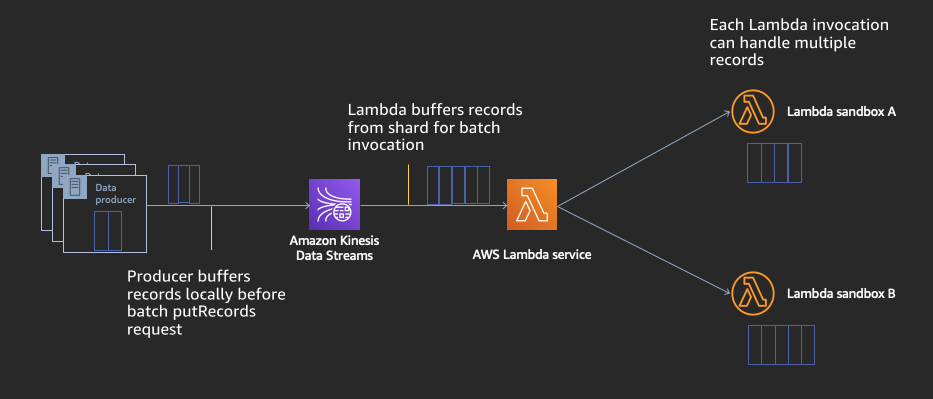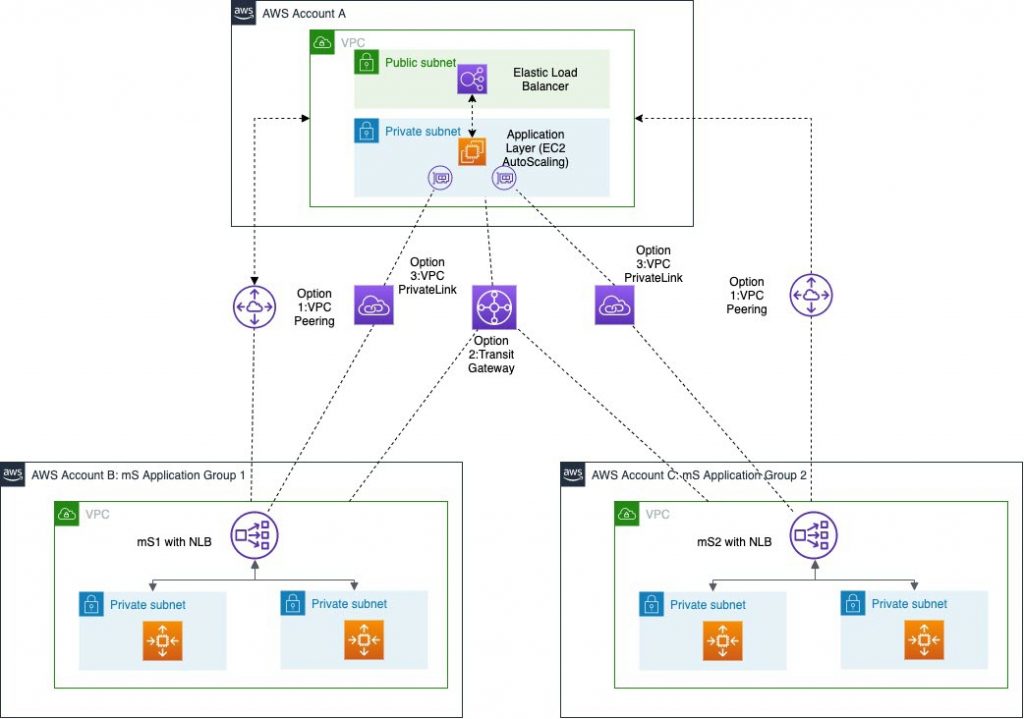AWS Architecture Blog
Category: Advanced (300)
BBVA: Helping Global Remote Working with Amazon AppStream 2.0
This post was co-written with Javier Jose Pecete, Cloud Security Architect at BBVA, and Javier Sanz Enjuto, Head of Platform Protection – Security Architecture at BBVA. Introduction Speed and elasticity are key when you are faced with unexpected scenarios such as a massive employee workforce working from home or running more workloads on the public […]
Serving Billions of Ads in Just 100 ms Using Amazon Elasticache (Redis OSS)
This post was co-written with Lucas Ceballos, CTO of Smadex Introduction Showing ads may seem to be a simple task, but it’s not. Showing the right ad to the right user is an incredibly complex challenge that involves multiple disciplines such as artificial intelligence, data science, and software engineering. Doing it one million times per […]
Serverless Stream-Based Processing for Real-Time Insights
September 8, 2021: Amazon Elasticsearch Service has been renamed to Amazon OpenSearch Service. See details. Building on our previous posts regarding messaging patterns and queue-based processing, we now explore stream-based processing and how it helps you achieve low-latency, near real-time data processing in your applications. AWS offers two managed services for streaming, Amazon Kinesis and […]
Using VPC Sharing for a Cost-Effective Multi-Account Microservice Architecture
Introduction Many cloud-native organizations building modern applications have adopted a microservice architecture because of its flexibility, performance, and scalability. Even customers with legacy and monolithic application stacks are embarking on an application modernization journey and opting for this type of architecture. A microservice architecture allows applications to be composed of several loosely coupled discreet services […]
Formula 1: Using Amazon SageMaker to Deliver Real-Time Insights to Fans
The Formula One Group (F1) is responsible for the promotion of the FIA Formula One World Championship, a series of auto racing events in 21 countries where professional drivers race single-seat cars on custom tracks or through city courses in pursuit of the World Championship title. Formula 1 works with AWS to enhance its race […]
Application Integration Using Queues and Messages
In previous blog posts in this messaging series, we provided an overview of messaging and we also explained the common characteristics to consider when evaluating messaging channel technologies. In this post, we will explain some of the semantics of queue-based processing, its use in designing flexible systems, and how to apply it to your use […]
AWS Architecture Monthly Magazine: Data Lakes
A data lake is the fastest way to get answers from all your data to all your users. It’s a centralized repository that allows you to store all your structured and unstructured data at any scale. You can store your data as-is, without having to first structure the data, and run different types of analytics—from […]
Event-Based Processing for Asynchronous Communication
In the first post in this series on messaging patterns, we gave an overview of messaging and the benefits and challenges of both synchronous and asynchronous service communication. In this post, we will look at common characteristics to consider when evaluating messaging channel technologies. We will also introduce Amazon EventBridge, the AWS Serverless event bus. […]
Introduction to Messaging for Modern Cloud Architecture
We hope you’ve enjoyed reading our posts on best practices for your serverless applications. The posts in the following series will focus on best practices when introducing messaging patterns into your applications. Let’s review some core messaging concepts and see how they can be used to address challenges when designing modern cloud architectures. Introduction Applications […]
Binge-Watch Live This is My Architecture Videos from AWS re:Invent
AWS re:Invent 2019 was a whirlwind of activity, especially in the Expo Hall, where the AWS team spent four days filming 12 live This is My Architecture videos for Twitch. Watch one a day for the next two weeks…or eat them all in one sitting. Whichever you do, you’re guaranteed to learn something new. Accolade […]









